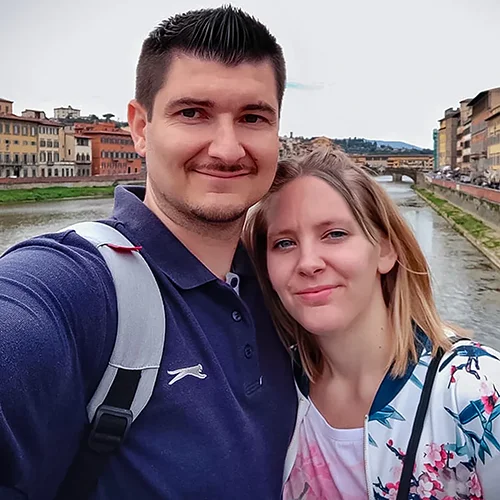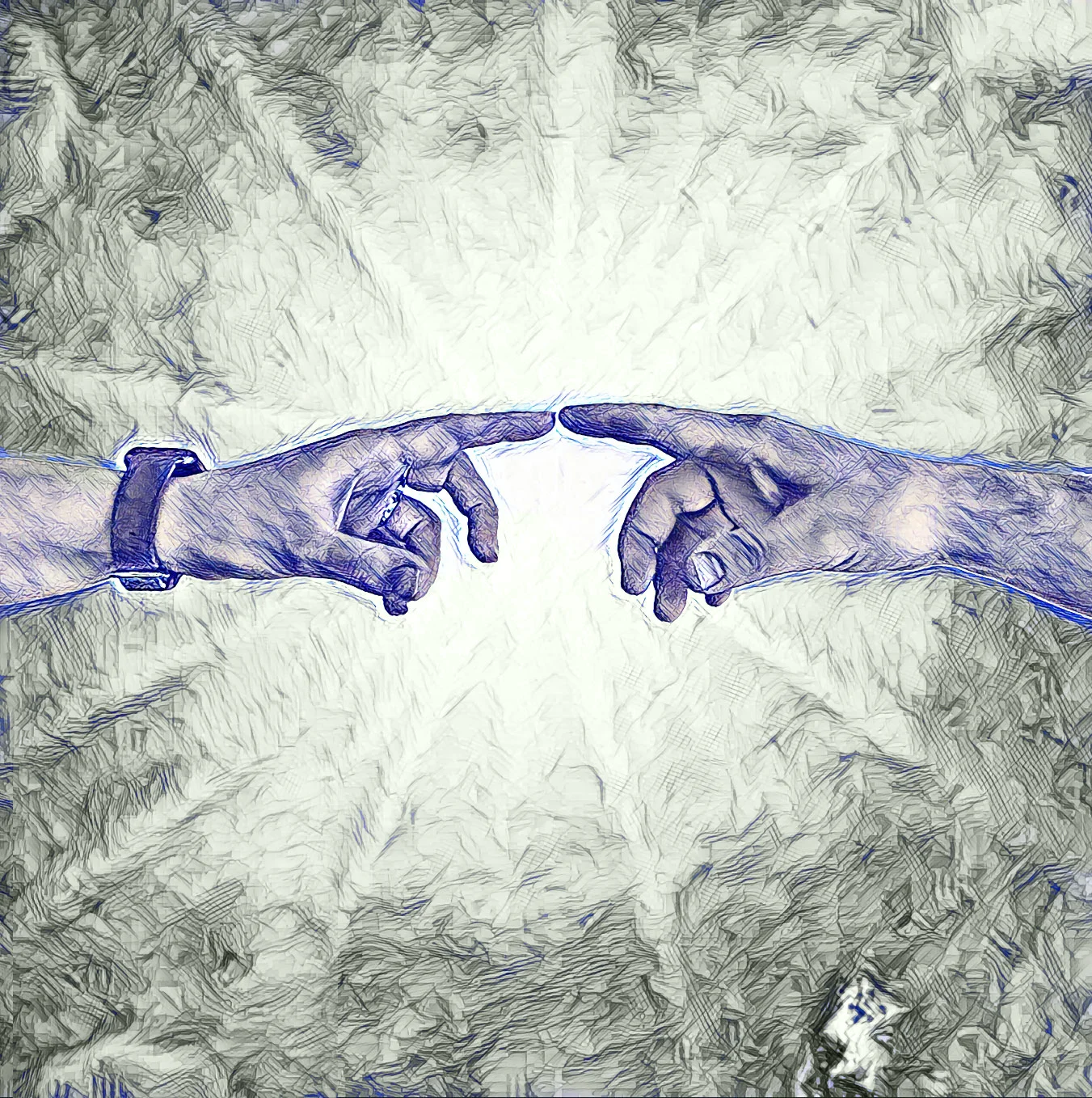Día de la Comunitat Valenciana
Día de la Comunitat Valenciana
Día de la Comunitat Valenciana
Día de la Comunitat Valenciana
8. Oktober 2024
Feedback: 0
Imagine waking up on October 9th in Valencia. The city is bathed in golden sunlight, and you can sense something special in the air—a feeling of anticipation and celebration. Today is no ordinary day; it’s the Día de la Comunitat Valenciana, a holiday when the entire region comes together to celebrate its history, pride, and vibrant culture. But what exactly is behind this special day? Why does it mean so much to the people of Valencia, Alicante, and Castellón?
A Bit of History, Anyone?
To truly understand the Día de la Comunitat Valenciana, we need to dive a bit into the past, specifically the year 1238. At that time, the Iberian Peninsula was under Moorish rule. King Jaume I of Aragon found Valencia particularly beautiful and decided to reclaim the territory. On October 9, 1238, he triumphantly entered Valencia, marking the end of Moorish rule in the region. This day signifies the beginning of the Kingdom of Valencia under Christian rule. That’s why it is celebrated every year on October 9th
This historic moment is deeply rooted in Valencia and still shapes the region’s identity today. October 9th reminds Valencians of their long, proud history. The day is celebrated with joy and enthusiasm.
How Is It Celebrated?
The Día de la Comunitat Valenciana is more than just a holiday; it’s a big, colorful party that celebrates traditions. Days before, the festivities kick off in Valencia. The streets are adorned with flags and colorful lights, and everywhere, you can smell paella, one of the region’s most famous dishes.
The Procession
One of the main events of the day is the procession of the Senyera, Valencia’s flag. The Senyera is a red-and-yellow striped flag with a blue crown at the top. It’s more than just a symbol; it’s the heart of Valencian pride. On the morning of October 9th, the flag is taken from Valencia’s city hall and carried through the streets in a festive procession. There are strict rules: the Senyera must never be bent or turned in any way; it must always remain upright as it is carried through the narrow alleys.
People gather along the route, clapping, cheering, and celebrating their connection to this ancient tradition. The procession ends at the old city walls, where cannons are fired—symbolizing Valencia’s liberation by Jaume I.
Festivities and Spectacles
But that’s just the beginning. During the Día de la Comunitat Valenciana, numerous festivities take place throughout the city and region. You can attend concerts, admire street performers, or join local festivals. In larger cities like Valencia, Alicante, or Castellón, grand fireworks usually light up the night sky, spectacularly concluding the celebrations.
Traditional Valencian dances and music performances are especially popular. The Dolçaina, a typical Valencian wind instrument, and the Tabalet, a drum, set the rhythmic pace. Dancers in beautiful, handcrafted costumes move in precise steps. These dances, often passed down through generations, are a vibrant expression of Valencian culture and a highlight of the day.
Food and Drink—It’s a Must!
What’s a celebration without good food? On the Día de la Comunitat Valenciana, everything revolves around paella, which originates from Valencia and is considered the region’s national dish. But not all paellas are the same—the true Valencian paella is traditionally made with chicken, rabbit, green beans, and sometimes snails. For the people of Valencia, it’s not just a dish; it’s almost a religion. Everyone who takes pride in their cooking has a secret family recipe and claims to make the best paella in town.
In addition to paella, many other local delicacies are enjoyed on October 9th. For example, Fartons and Horchata, a sweet pastry and a refreshing drink made from tiger nuts. This combination is typical for the region and a popular treat during the celebrations.
And What About the Lovers?
Interestingly, in addition to its historical significance, October 9th is also the Day of the Valencian Lovers—it’s somewhat like Valentine’s Day. Specifically, on Día de Sant Donís, the patron saint of the city of Valencia, it is traditional for men to gift women a Mocadorà. Essentially, this is a silk handkerchief wrapped around small marzipan figures representing fruits and other colorful shapes. Furthermore, this sweet gift symbolizes love and affection, making the Mocadorà a particularly romantic tradition in Valencia.
There’s a legend that says Jaume I gave marzipan to his wife, Violante of Hungary, after the conquest of Valencia. Whether that’s true is hard to say today, but it perfectly fits the romantic atmosphere of this special day.
Not Just in Valencia
Of course, the Día de la Comunitat Valenciana isn’t only celebrated in the city of Valencia itself. Other cities and towns across the region also recognize October 9th as an important holiday. In Castellón, Alicante, and many smaller towns, you can find processions, festivities, and plenty of music. Many people take the day to go on trips, such as into the mountains or to the beautiful beaches of the region. After all, October in Valencia is often still pleasantly warm—perfect for enjoying the last bits of summer.
Why Is This Day So Important?
For the people of the Comunitat Valenciana, October 9th is more than just a day off; it’s a day of pride, identity, and unity. The Día de la Comunitat Valenciana reminds Valencians of their history and what defines them as a region. In a time when many regions of Spain emphasize their own cultural identity, this day offers Valencians a chance to celebrate their unique role within Spain.
But it’s not just about the past. In addition to that, October 9th is also a day to celebrate the future of the region. Moreover, many of the festivities are aimed at families and children, thereby keeping traditions alive and passing them on to the next generations. As a result, the day connects people and brings them together in a way you can truly feel when walking through the streets of Valencia on this day.
Conclusion
The Día de la Comunitat Valenciana is much more than just a historical celebration. It’s a vibrant, joyful expression of Valencian culture—a mix of pride, tradition, good food, music, and community. If you have the opportunity to experience this day in Valencia or anywhere in the region, you’ll quickly understand why it’s so special. October 9th connects the past with the present and offers a glimpse into the passion that fuels Valencian culture.
We hope these tips help you master your expat life even better! Do you have your own experiences or further recommendations on the topic of moving abroad? Feel free to leave us a comment! Share this post with others who could benefit from these tips, and stay tuned for more inspiration from life as an expat.
Your Steffi & Marius

Wir sind zwei deutsche Auswanderer und auf emigres-life nehmen wir Dich mit auf unsere Reise in ein neues Leben.
In unserem Projekt schwingt das Pendel meist in Richtung stressig oder chaotisch und weniger in Richtung tiefenentspannt.
Wenn du also wissen willst, in welches Fettnäpfchen wir als nächstes treten oder welche Hürden vor uns liegen und wie wir sie überwinden, dann bleib dran.



 Pin it!
Pin it!

